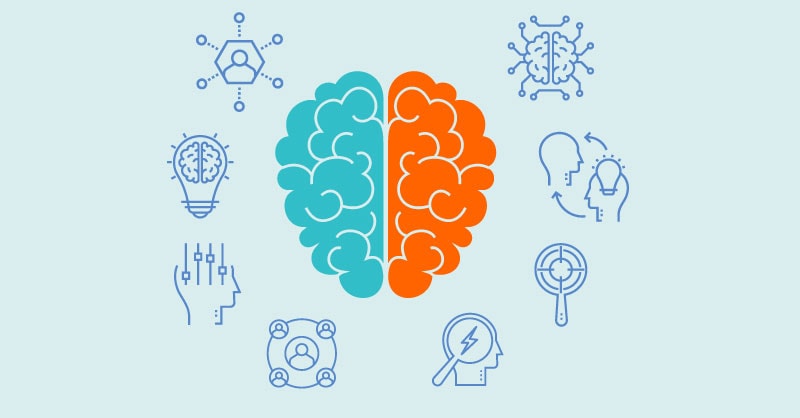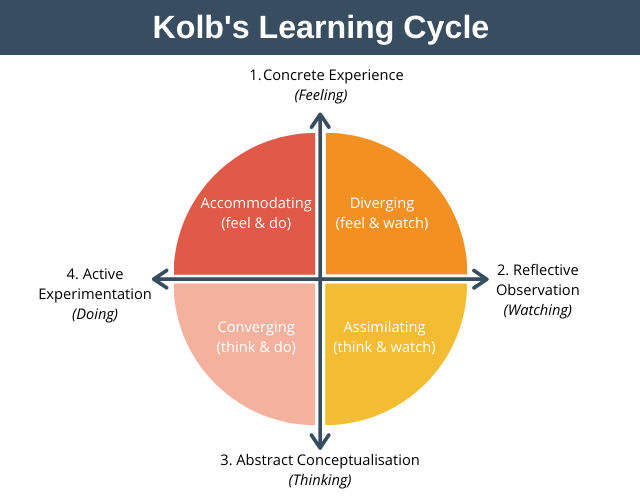The Myers-Briggs Personality Type Indicator (MBTI) is a tool used to understand individuals’ personality traits and gain deeper insights into their careers and relationships. This indicator revolves around four core dimensions: Attitudes (I/E), Perceiving Information (S/N), Making Decisions (T/F), and Lifestyle (J/P). Each of these dimensions determines an individual’s natural inclinations and preferences.
Attitudes (I/E): Introverted (I) vs. Extraverted (E)
This dimension identifies where an individual derives their energy. Introverted individuals often spend more time in their inner world, while extraverted individuals gain energy from social interactions.
Perceiving Information (S/N): Sensing (S) vs. Intuitive (N)
This dimension determines how individuals process information. Sensing individuals focus on concrete realities and details, while Intuitive individuals tend to see the big picture.
Making Decisions (T/F): Thinking (T) vs. Feeling (F)
This dimension identifies how individuals make decisions. Thinking individuals typically rely on logic and objective analysis, while Feeling individuals may base their decisions on emotional evaluations.
Lifestyle (J/P): Judging (J) vs. Perceiving (P)
This dimension reveals an individual’s preference for organization and planning. Judging individuals are often organized and disciplined, while Perceiving individuals are spontaneous and adaptable.
The two possible preferences for each dimension create 16 different personality types. For example, an INFJ (Introverted, Intuitive, Feeling, Judging) individual is often described as creative, visionary, and emotional.
The MBTI can contribute to personal and professional development by helping individuals understand their strengths and areas for improvement. However, it’s crucial to remember that personality type is not a rigid mold limiting individual behavior; rather, it serves as a guiding tool. Each individual is unique, possessing distinct qualities and characteristics.




